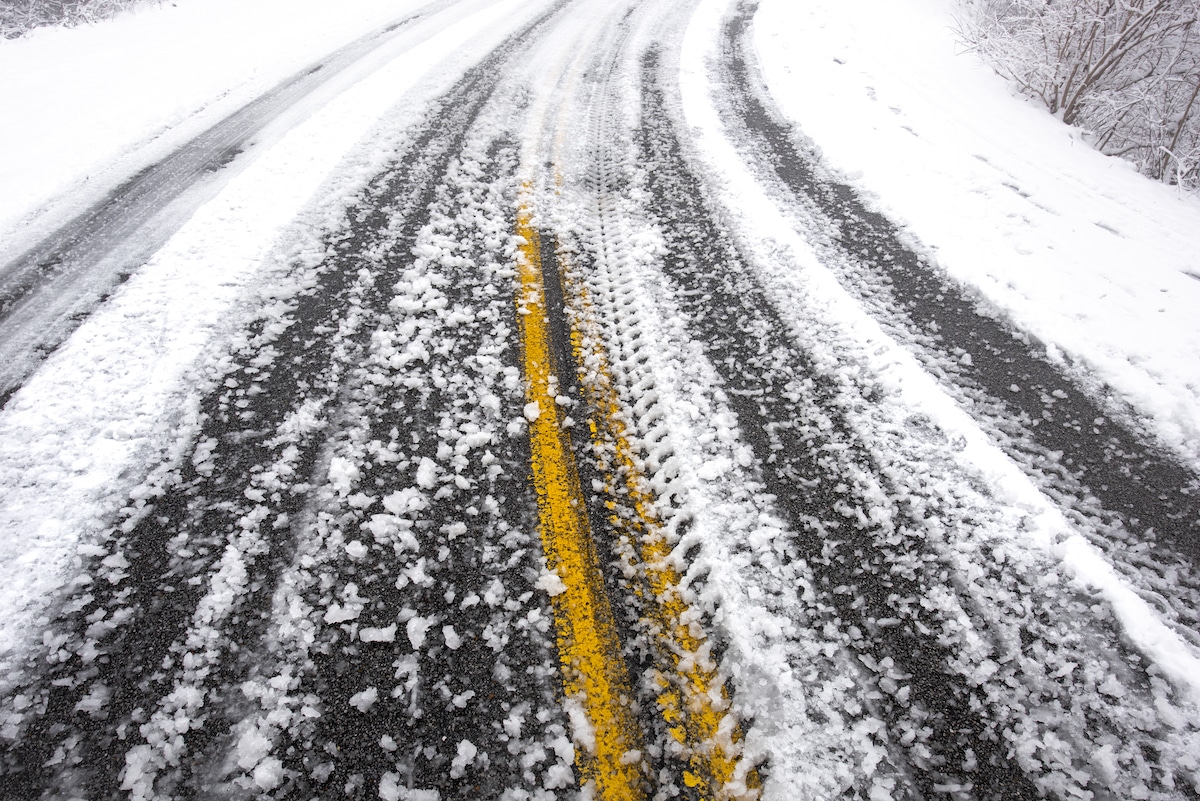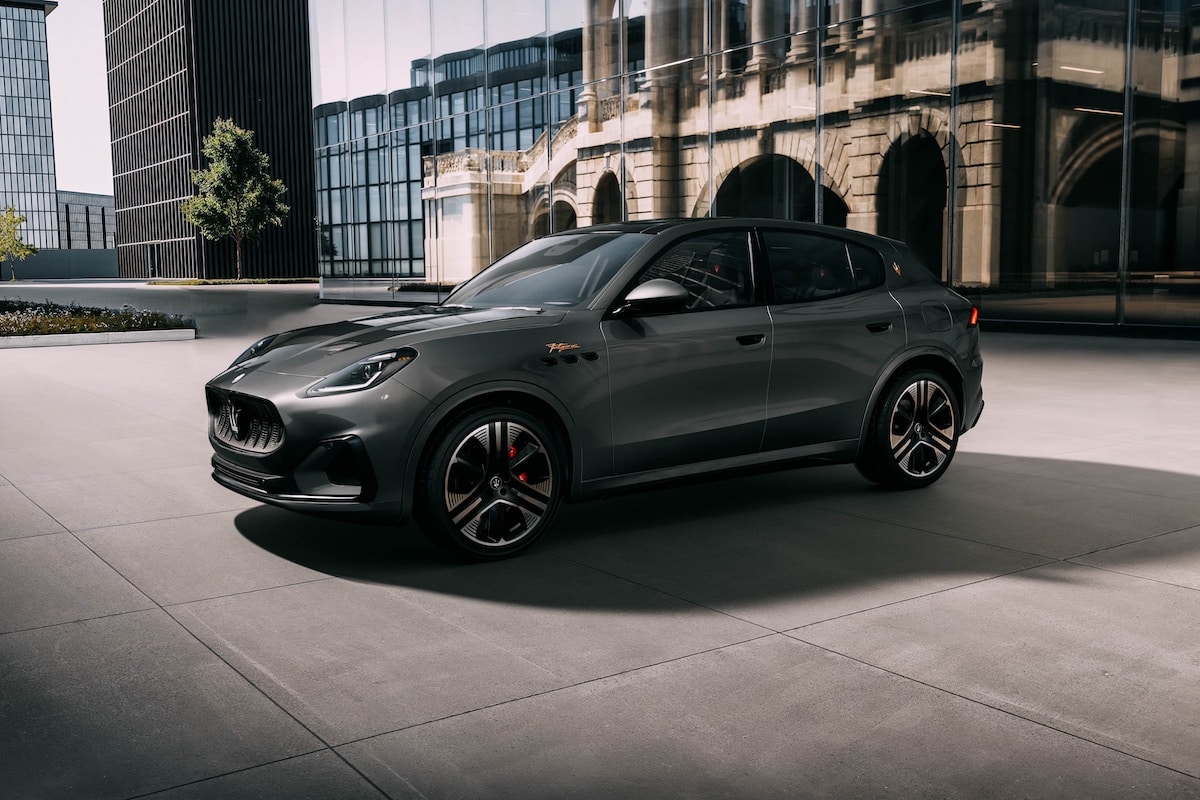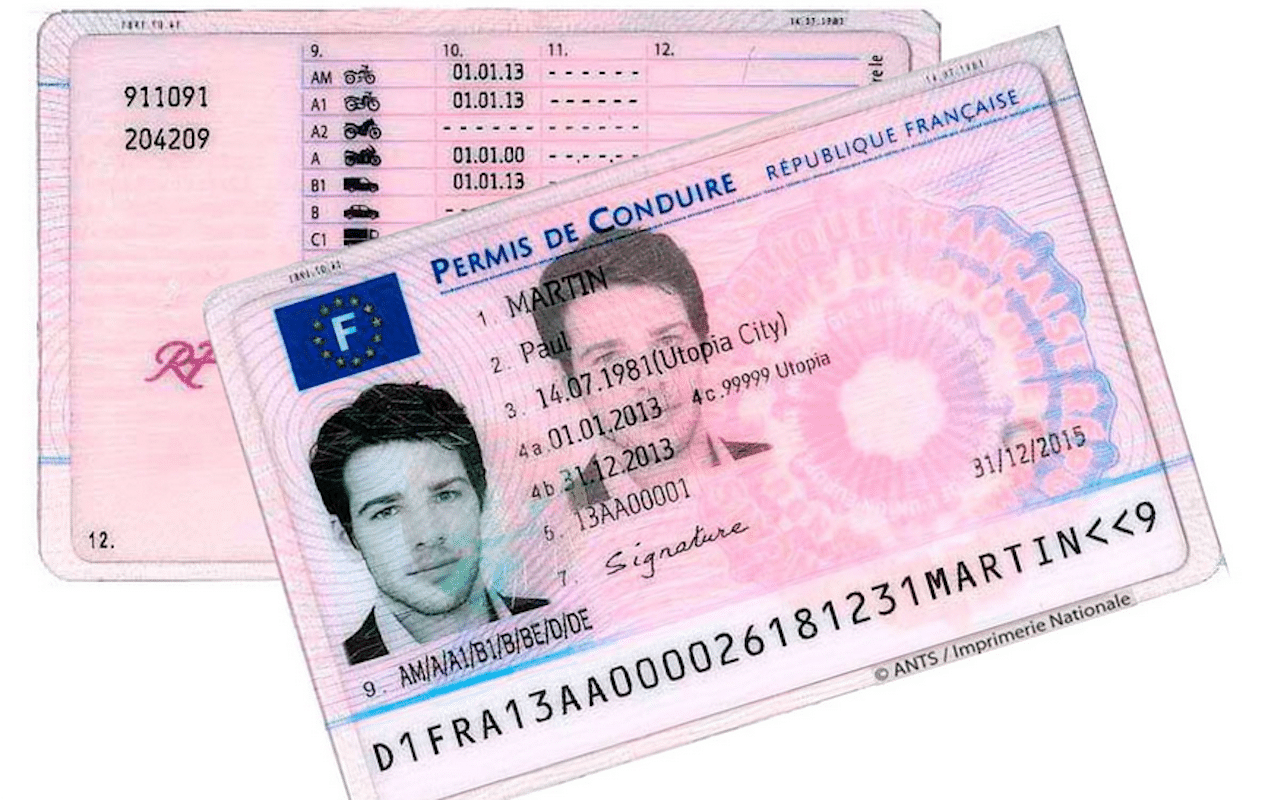Snow: Let’s equip ourselves with the right tires instead of complaining!

Instead of expecting public services to accurately anticipate snowfalls, which is impossible at this time, shouldn’t we act?
Every year, the same circus repeats with each snowfall. Images of immobilized cars loop on news channels while angry drivers bombard the government with insults for not salting the roads and predicting catastrophe. Let’s remember that salting roads before snowfalls is completely pointless, and weather remains an uncertain science. This situation amuses mountain dwellers and populations in Central Europe who are used to driving on a snow-covered surface for several months a year without issues. But how is this miracle possible?
Fortunately, numerous “anti-slip” solutions are available to motorists. Winter sports enthusiasts are naturally familiar with traditional snow chains, a particularly effective solution during severe weather conditions. However, installing them can be very complicated for beginners, and the maximum permitted speed is only 40 km/h, to avoid damaging the chains. Socks, which are easier to install and allow speeds up to 50 km/h, tend to wear out quickly and need to be replaced regularly.
Residents of mountainous regions, as well as those in Central Europe, are accustomed to switching between summer and winter tires each year. Although it is recommended to use at least two winter tires on the drive axle with the powertrain, the best practice remains the installation of four tires. Contrary to popular belief, SUVs are also compatible with these devices, even if they already have all-wheel drive. However, investing in a second set of tires for just a few days a year is expensive, and proper storage of four tires is necessary.
The safest option, logically, is to drive with winter tires in winter and summer tires in summer. But we favor another alternative. It is called “all-season” tires, which, as the name suggests, are developed for both summer and winter use, and work effectively within temperatures from -10°C to +30°C. Compared to winter tires (which are more effective in heavy snow), they reduce fuel consumption and rolling noise. Many users are familiar with these tires marked M+S (for Mud and Snow), but the upcoming standard is called 3PMSF (for 3 Peak Mountain Snowflake). This standard will become mandatory from November 1, 2024. The “all-season” tire has seen its market share grow exponentially in recent years, reaching 30% of the tire segment by late 2023.
For clarification, “all-season” tires require an additional investment of about 10 to 20% compared to a summer tire of the same size. This extra cost is quickly offset because these tires generally eliminate the need to buy chains or snow socks and, most importantly, increase daily safety.
This page is translated from the original post "Neige : Équipons-nous des bons pneus au lieu de râler !" in French.
We also suggestthese articles:
Also read






